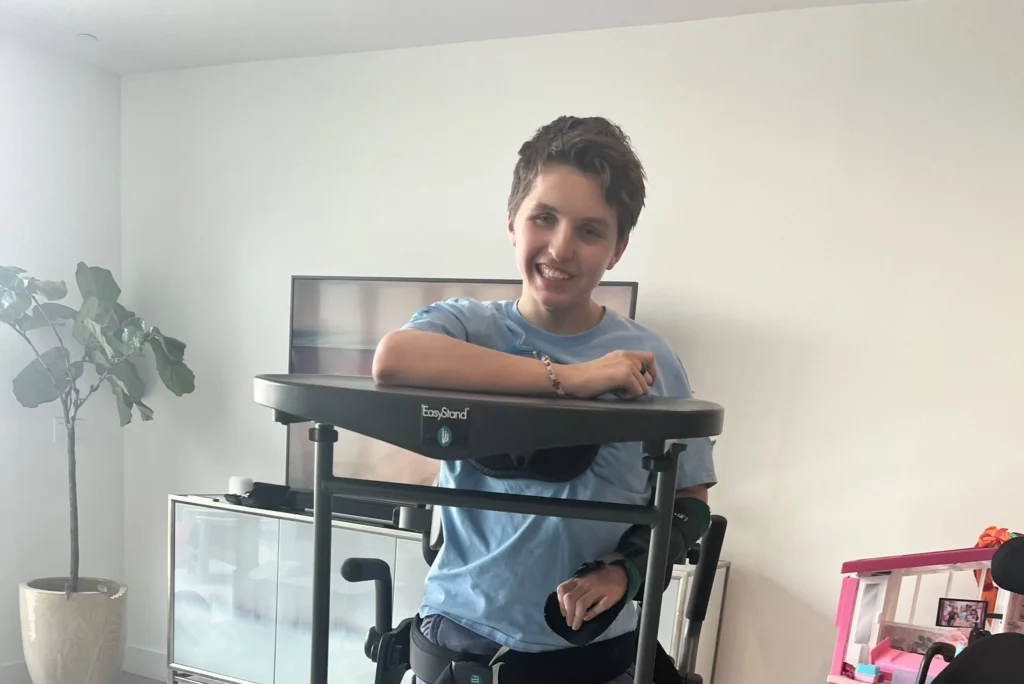Recovery after a stroke is often thought of in physical terms—regaining strength, mobility, and speech. But just as important is the emotional healing that comes with it. The journey after stroke can be filled with uncertainty, unexpected changes, and new challenges that affect how you feel, think, and relate to the world around you.
It’s normal to feel overwhelmed. Stress, anxiety, frustration, and even fear are all valid reactions to a life-changing event like a stroke. But you don’t have to navigate those emotions alone—and there are steps you can take to support your emotional wellbeing during recovery.
1. Acknowledge the Uncertainty
Stroke recovery isn’t always a straight path. The future may feel unfamiliar or unpredictable, especially in the early days. Facing that uncertainty takes courage. By acknowledging those feelings—and giving yourself permission to feel them—you take the first step toward emotional resilience.
Need help finding your footing?
Read: Coping with Uncertainty After a Stroke
2. Understand Emotional and Behavioral Changes
Many stroke survivors experience changes in mood, behavior, or personality. These shifts are often linked to the area of the brain affected by the stroke—and they’re more common than you might think. You may feel irritable, anxious, tearful, or unlike yourself. These changes are not a sign of weakness, but part of the brain’s recovery process—and they can improve with support.
Learn more about what to expect and how to cope:
Read: Changes in Behavior After a Stroke
3. Prioritise Rest as Part of Your Recovery
Sleep isn’t just rest—it’s healing. Quality sleep helps your brain repair, supports emotional regulation, and prepares your body for rehabilitation. Creating a calming bedtime routine, limiting screen time, and managing pain or discomfort can all contribute to better rest.
Discover how better sleep supports brain health:
Read: Rest Right, Recover Better
4. Move Gently, Breathe Deeply
Exercise doesn’t have to be intense to be effective. Gentle, low-impact movement can help reduce stress, improve mood, and support physical recovery. Whether it’s stretching, walking, or modified exercises, consistent movement boosts both mental and physical health.
Find safe exercises tailored for stroke survivors:
Read: Exercise for the Heart and Brain
5. Practice Mindfulness and Self-Compassion
When emotions run high, grounding yourself in the present moment can make a big difference. Mindfulness techniques—like deep breathing, body scans, or guided meditation—can help calm the nervous system and ease anxiety. Just a few minutes a day can offer a sense of control and peace.
Start small with practical, easy-to-follow techniques:
Read: Mindfulness Techniques for Stroke Survivors
You’re Not Alone
Healing after a stroke is about more than just physical progress—it’s about finding strength in your emotions, your routines, and your support systems. Be gentle with yourself. Stress may be part of the journey, but with the right tools and support, so is resilience.





